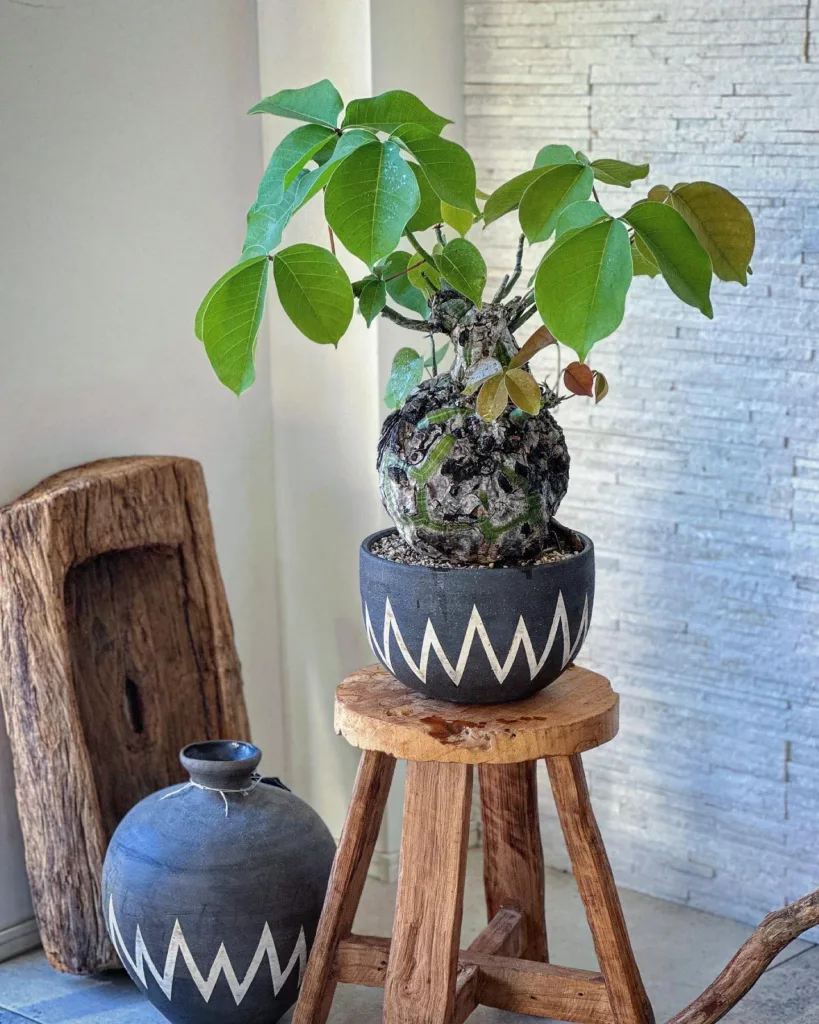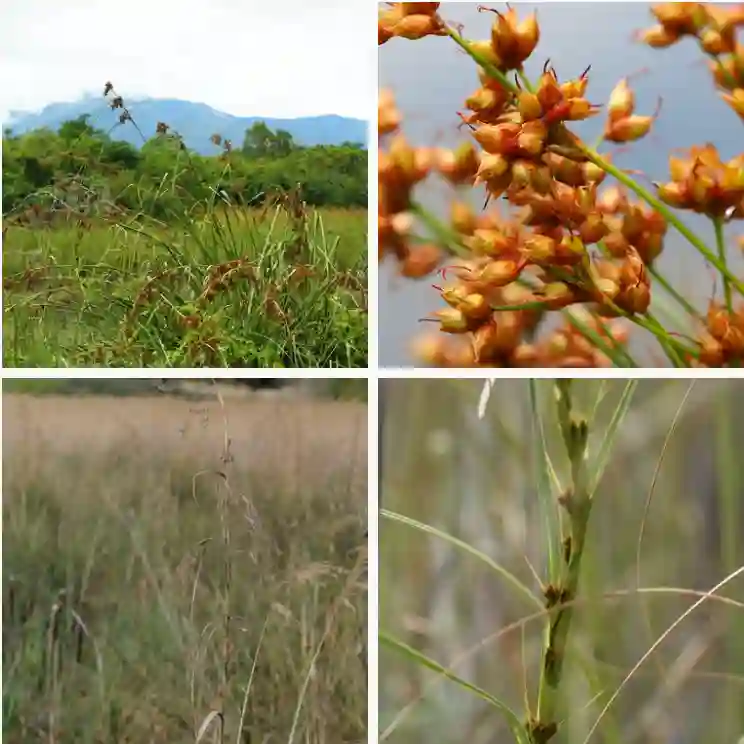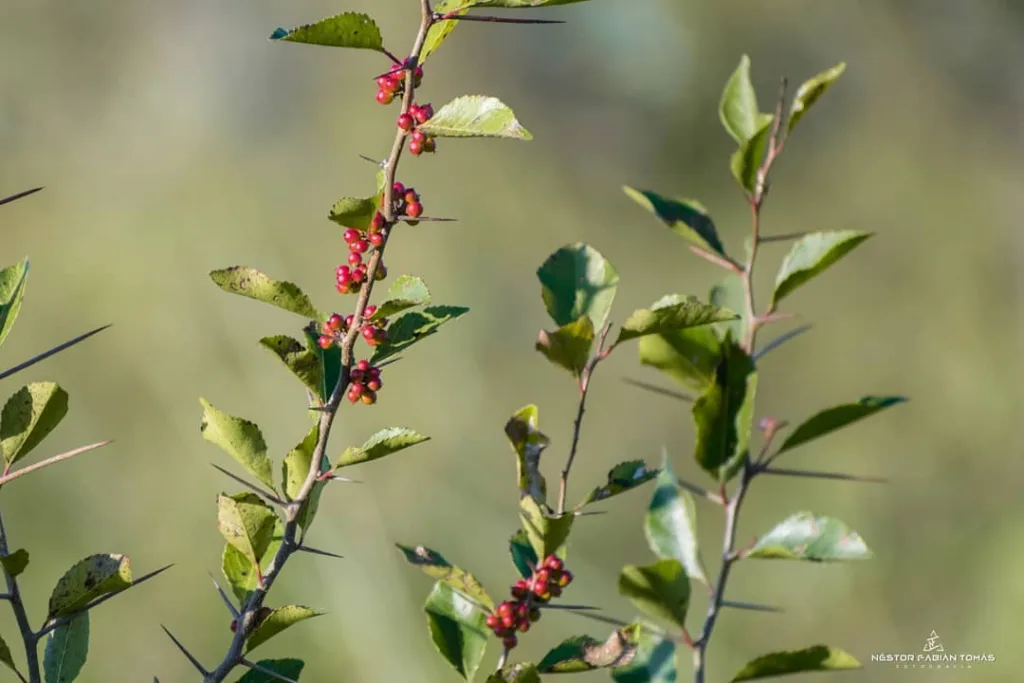My Fascination with the Genus Cephalotaxus
As a botanist, I’ve always been drawn to the unique and the understated. While roses and orchids command attention with their vibrant colors and flamboyant forms, I find myself captivated by the subtle beauty of conifers. Among them, the genus Cephalotaxus, commonly known as plum yews, holds a special place in my heart.
These evergreen shrubs and small trees, hailing from East Asia, possess an understated elegance that often goes unnoticed. Their linear leaves, arranged in neat spirals, create a textured tapestry of deep green. The foliage, soft to the touch, releases a delicate fragrance when brushed against, adding another layer to their sensory appeal. But it’s the unique character of Cephalotaxus that truly sets it apart.
Understanding the Plum Yew
Unlike its more famous relative, the yew (Taxus), Cephalotaxus bears fleshy, plum-like fruits instead of the typical conifer cones. These fruits, ranging in color from green to deep purple, lend the genus its common name and add a touch of unexpectedness to its appearance. The seeds within these fruits are also quite remarkable. Large and nut-like, they resemble olives and were even used as a source of oil in ancient times.
The genus Cephalotaxus comprises 11 recognized species, each with its own distinct characteristics and distribution:
- Cephalotaxus fortunei: Native to China, this species is known for its graceful, drooping branches and is often cultivated as an ornamental.
- Cephalotaxus griffithii: Found in the eastern Himalayas and parts of China, this species is characterized by its relatively broad leaves.
- Cephalotaxus hainanensis: This species is endemic to the island of Hainan in southern China.
- Cephalotaxus harringtonia: Native to Japan, this species is widely cultivated and boasts numerous cultivars with varying growth habits and foliage colors.
- Cephalotaxus lanceolata: This species is native to China and is characterized by its lance-shaped leaves.
- Cephalotaxus latifolia: Also native to China, this species has broader leaves compared to other members of the genus.
- Cephalotaxus mannii: Found in the eastern Himalayas and parts of Southeast Asia, this species is known for its large, olive-like seeds.
- Cephalotaxus oliveri: This species is native to China and is characterized by its relatively small leaves.
- Cephalotaxus sinensis: This species is widespread in China and is known for its adaptability to various environmental conditions.
- Cephalotaxus taiwanensis: As the name suggests, this species is endemic to Taiwan.
- Cephalotaxus wilsoniana: This species is native to China and is characterized by its relatively narrow leaves.
The Allure of Cephalotaxus
Beyond their aesthetic appeal, Cephalotaxus species possess several attributes that make them valuable in various contexts. They are known for their hardiness and adaptability, tolerating a wide range of soil conditions and light levels. This makes them excellent choices for landscaping, particularly in shady areas where other plants struggle to thrive.
Historically, Cephalotaxus has also played a significant role in traditional medicine. Extracts from various parts of the plant, particularly the leaves and bark, have been used to treat a range of ailments, including coughs, fevers, and even cancer. While modern research is still exploring the full potential of these medicinal properties, the historical use of Cephalotaxus highlights its importance beyond its ornamental value.
For me, the allure of Cephalotaxus lies in its quiet resilience and understated beauty. It’s a genus that rewards close observation, revealing its intricate details and subtle charm to those who take the time to appreciate it. Whether it’s the delicate texture of the foliage, the unexpected appearance of the plum-like fruits, or the historical significance of its medicinal uses, Cephalotaxus offers a unique and captivating story for those willing to listen.
As I continue my journey as a botanist, I am eager to delve deeper into the world of Cephalotaxus. There is still much to learn about these fascinating plants, from their ecological roles to their potential applications in medicine and horticulture. I believe that by understanding and appreciating the diversity and complexity of the plant kingdom, we can gain a greater appreciation for the natural world and our place within it.




